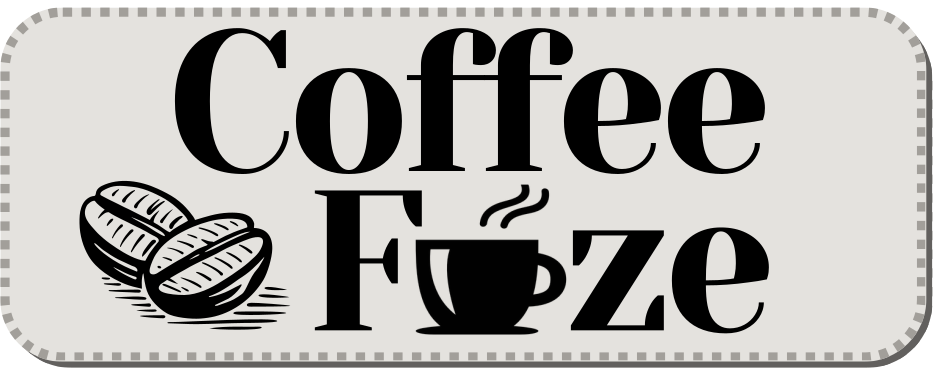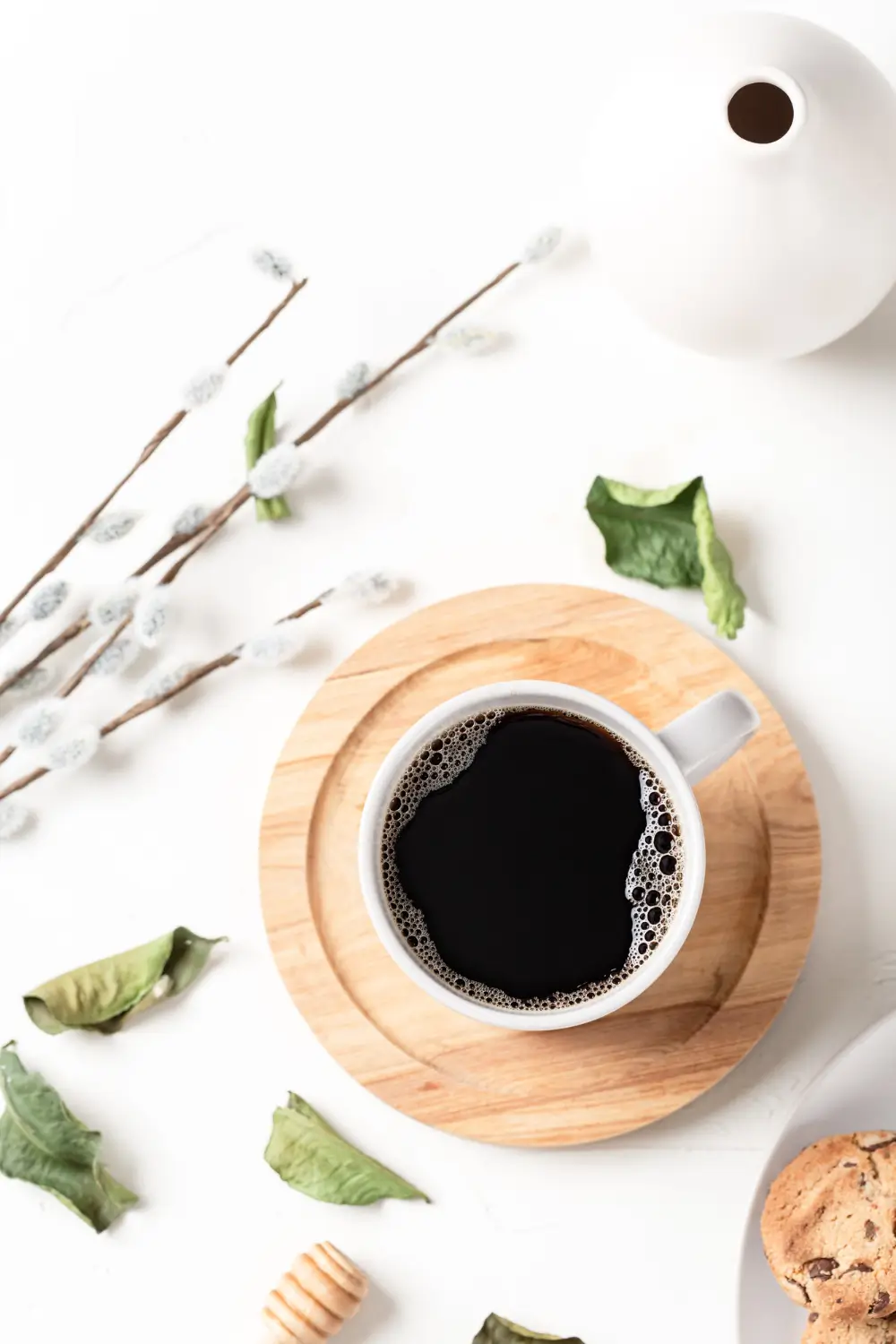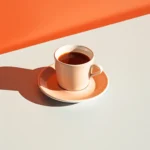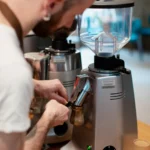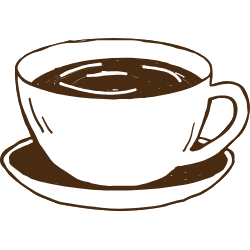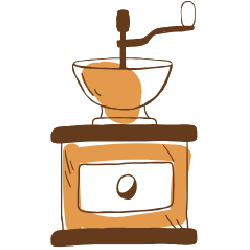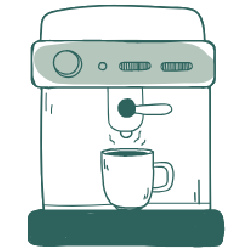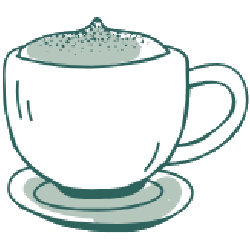Coffee powers mornings and late nights for millions around the world. Its main ingredient, caffeine, gives you that jolt. But knowing how much caffeine your coffee actually has is tricky. Many things change the caffeine in your daily cup. This guide breaks down those factors. You’ll learn how bean type, brewing method, and other elements shape your coffee’s caffeine profile.
How bean type changes caffeine in your coffee
First, look at the coffee bean itself. Its genetic code sets its natural caffeine level. Different coffee plants make beans with very different amounts of this stimulant.
Robusta or Arabica: Which coffee bean has more caffeine?
Robusta coffee beans pack the most caffeine. They usually have 2.2% to 2.7% caffeine by weight. That’s almost twice the caffeine in Arabica beans. Robusta also gives coffee a bold, strong taste—and that bigger caffeine kick.
How much caffeine is in Arabica coffee?
Arabica beans offer complex aromas and less caffeine. They have about 1.2% to 1.5% caffeine by weight. People who appreciate nuanced flavors often pick Arabica, even with its milder caffeine effect compared to Robusta.
Does Liberica coffee have a lot of caffeine?
Liberica beans are another coffee type, but you don’t see them as often as Robusta or Arabica. Their caffeine level is like Arabica, usually about 1.2% by weight. Liberica has a distinct floral and fruity taste. It adds more variety to the world of coffee.
| Coffee bean type | Typical caffeine by weight | Flavor profile |
|---|---|---|
| Robusta | 2.2% to 2.7% | Bold, intense |
| Arabica | 1.2% to 1.5% | Complex, aromatic, nuanced |
| Liberica | About 1.2% | Floral, fruity |
How your brewing method affects caffeine
Your brewing method drastically changes how much caffeine ends up in your cup. Why? Think about brew time, water temperature, how much coffee you use, and how the machine extracts it. Every method pulls caffeine from the grounds in its own way.
Which brewing method gives you the most total caffeine?
Cold brew usually packs the most total caffeine per serving. You might get 200 to 280 mg in a 16-ounce glass. It steeps for a long time—sometimes up to 24 hours. You also use more coffee and a coarse grind. Cold brew gives you a lot of caffeine overall, but it’s less concentrated per sip than espresso.
Does espresso have the most caffeine?
Espresso has the highest caffeine concentration per fluid ounce—about 63 mg per shot. But a single shot is small. So, it usually gives you the least total caffeine per serving, about 63 mg. A double shot has 126 mg. High pressure forces water through fine grounds, creating this strong concentration.
How much caffeine is in drip coffee and Moka Pot coffee?
Drip coffee gives you a good balance of caffeine. An 8-ounce cup has about 95 to 96 mg. A 12-ounce serving might have up to 144 mg. Longer brewing with hot water (195-205°F) and bigger cups help pull out the caffeine. Moka Pot coffee has medium-high caffeine, around 105 mg per 8 ounces. It uses pressure, like espresso, but brews longer. This balances concentration with volume.
How much caffeine is in French Press and AeroPress?
French Press coffee usually has a medium amount of caffeine—about 80 to 100 mg per 8 ounces. It steeps completely, using a coarse grind and a longer brew time. This pulls out the caffeine well. AeroPress coffee generally has less caffeine, around 0.64 mg/ml per 6 ounces. It brews quickly, uses less coffee, and relies on manual pressure. That creates its lower caffeine level.
Instant coffee versus Turkish coffee: How do they compare?
Instant coffee typically has less caffeine than regular brewed coffee. Expect about 60 to 80 mg per 8-ounce cup. Turkish coffee is different. It packs a surprising 150 mg into just a 2.5-ounce serving. Why so much in a small cup? It uses extremely fine grounds and a traditional brewing method.
Here’s a quick look at average caffeine by brewing method:
- Cold Brew Coffee: Highest total caffeine per serving (about 200-280 mg per 16 fl oz),
- Drip Coffee: High caffeine (about 95-96 mg per 8 fl oz; up to 144 mg per 12 oz),
- Moka Pot: Medium-high caffeine (about 105 mg per 8 fl oz),
- French Press: Medium caffeine (around 80-100 mg per 8 fl oz),
- AeroPress: Lower caffeine (about 0.64 mg/ml per 6 fl oz),
- Espresso: Highest concentration (about 63 mg per 1 fl oz shot), but lowest total per serving due to small volume,
- Instant Coffee: Generally less caffeine (60-80 mg per 8 fl oz cup),
- Turkish Coffee: High concentration (about 150 mg per 2.5 oz serving).
Beyond the brew: Other factors that change caffeine
Other factors also impact your coffee’s final caffeine. You might overlook them. These go beyond the bean’s type or how you brew it.
Consider these points:
- Roast level,
- Serving size,
- Growing conditions.
How roast level affects caffeine
Roast level—light, medium, or dark—doesn’t change caffeine much if you measure by weight. Caffeine stays stable when roasted. But darker roasts get less dense and grow bigger. So, if you measure coffee by volume (like with a scoop), light roasts give you slightly more caffeine per scoop. Denser light beans mean more beans fit in that scoop than the bigger, lighter dark ones.
Does serving size change total caffeine?
Bigger serving sizes mean more total caffeine. For example, a 12-ounce drip coffee has more caffeine than an 8-ounce cup, even if the strength is the same. People often forget this simple fact when tracking their daily caffeine.
How growing conditions affect caffeine in plants
Where coffee grows also impacts its natural caffeine. Coffee from higher altitudes often has less caffeine. Fewer pests live up high, so the plants need less natural pesticide. Too much or too little sunlight can also lower a plant’s caffeine output. This changes the bean’s final chemistry.
How to tailor your coffee’s caffeine
You can control your caffeine intake. Use what you’ve learned about bean type, brewing method, and other factors. Knowing these details helps you choose your coffee wisely. Want a stronger kick? Pick a blend heavy in Robusta or a big cold brew.
Prefer less caffeine? Go for Arabica beans. Try brewing methods like AeroPress or French press with shorter times. Adjusting brew time and coffee-to-water ratio puts you in charge of the effects. For health questions, check safe caffeine limits.
What’s the ultimate caffeine content?
So, understanding caffeine in coffee is complex. Many things play a role—from where the bean comes from to how you brew it. No single coffee always has “the most caffeine.” You must think about both concentration and total serving. Now you know how to pick your coffee and manage your daily caffeine.
